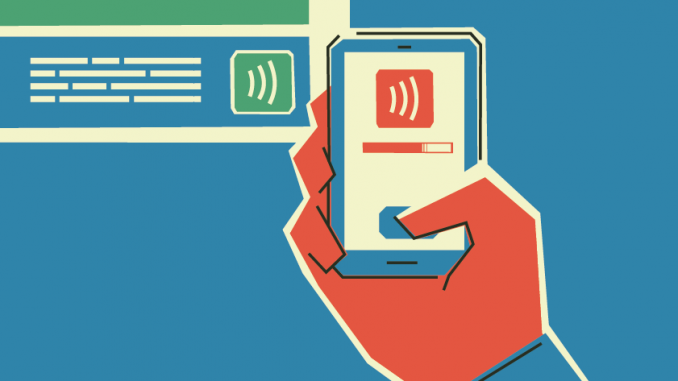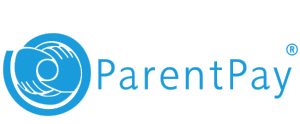
The Bank of England’s introduction of new polymer notes and the ever-growing number of high street bank closures will add additional costs and challenges to cash based schools whilst also increasing on-site security risks. Considering these challenges, a growing number of schools are opting to go cashless: by offering a mixed model of online payments and/or cash based payments in local PayPoint shops. Being totally inclusive has been key, helping ensure no-one is disadvantaged and that money is received by schools and spent in the way it was intended – on a healthy school meal, trip, or other educational item. In return for removing cash, schools and caterers are realising significant benefits including reduced administration time and direct cost savings.
Independent school goes cashless
Claremont Fan Court, an Independent school, introduced ParentPay and now benefit from more streamlined financial processes, including – reduced time spent recording cash brought onto school premises and the ability to integrate their existing systems to work alongside ParentPay’s payment platform.
Since its implementation, Anthea Butler, the school’s Payroll Administrator stated, ‘ It has been much easier for us to keep a detailed record in our Accounts office, and effectively track payments being received. We also use a till system for our tuck shop and breakfast club, which has integrated nicely with ParentPay.’
The first wave – but was it truly cashless?
In some primary and secondary schools, cashless catering systems are not exactly cashless; they simply move the cash and therefore, the associated queue of pupils from the serving hatch to the school office or the cash loader on the wall outside the dining hall. This works for serving meals faster, but is not especially helpful for the pupils or school with queuing potentially putting children off eating school meals. In the case of primary schools, valuable teaching and administration time is still lost by collecting and managing cash payments in classrooms and school offices. These solutions were not truly cashless and pupils were still carrying cash and cheques into school to top-up accounts.
Anne Bull, former LACA (Lead Association for Catering in Education) national chair, further explained what she felt was missing: “However ground-breaking, the first wave of cashless systems did not offer the convenience of an online payment facility that parents were accustomed to in their everyday lives. It was a part solution. In my role as head of catering and school facilities at Rhondda Cynon Taf County Borough Council, I could see that local authorities and schools were looking to provide not only healthy school meals, but also a convenient and safe way for parents to pay; it needed the full package to increase uptake.
“It became clear that what was actually needed was a solution which would dramatically reduce the administrative and cost burdens associated with the collection and management of all cash and cheques coming into school. Schools were losing hundreds of hours of administration every year.”
0-2 months
2-4 months
4-6 months
Procuring a system & Checklist
Develop a Cashless Plan & Communication
Going Cashless
The ‘truly cashless’ revolution begins
The answer to the limitations of the early cashless catering systems emerged in 2003 with the launch of the first school online payment system, ParentPay. It could integrate with cashless catering systems in secondary schools, as well as acting as a stand-alone dinner money management system for smaller primary schools. LACA partner ParentPay was originally the brainchild of a teacher and working mum looking to save schools time and make life easier for parents. It became the catalyst for a second wave of cashless solutions.
Anne stated: “When ParentPay was launched, some people needed a little convincing. However, a project in 2004 commissioned by Croydon Council, changed all that and soon provided the evidence to dispel any concerns about online payments in schools.”
The work in Croydon continued. David Paylor, chief business development officer from LACA Partner, Nationwide Retail Systems (NRS) explains:
“The integration of online payments with canteen till and/or MIS systems now offers schools the possibility of a ‘truly’ cashless solution, already a reality in over 60% of secondary schools and 40% of primary; including successful LA wide projects being rolled out in London Borough’s of Enfield and Barking & Dagenham, as well as Northamptonshire, Staffordshire, Lancashire (via BT), Sheffield, Brighton & Hove, Scottish Borders, Dundee, East Ayrshire, and Solihull Council – with many more in the pipeline in 2017.”
How will the 2017 cashless white paper help you?
The white paper is aimed at schools, caterers or local authorities who are considering ‘going cashless’ with online payment collection.
The paper will help staff understand the benefits that can be realised by removing cash from schools and also outline some key factors that should be considered before attempting to go cashless. The paper includes advice, research outcomes and real case studies provided by LACA and includes input from industry experts, schools and local authorities who have successfully deployed ‘truly cashless’ solutions.
The white paper will also explore the perceived challenges schools face in going fully cashless, including research findings from schools and parents and examples on how schools have successfully met these challenges. The white paper also includes a checklist for procurement as well as hints and tips on how to go cashless.

